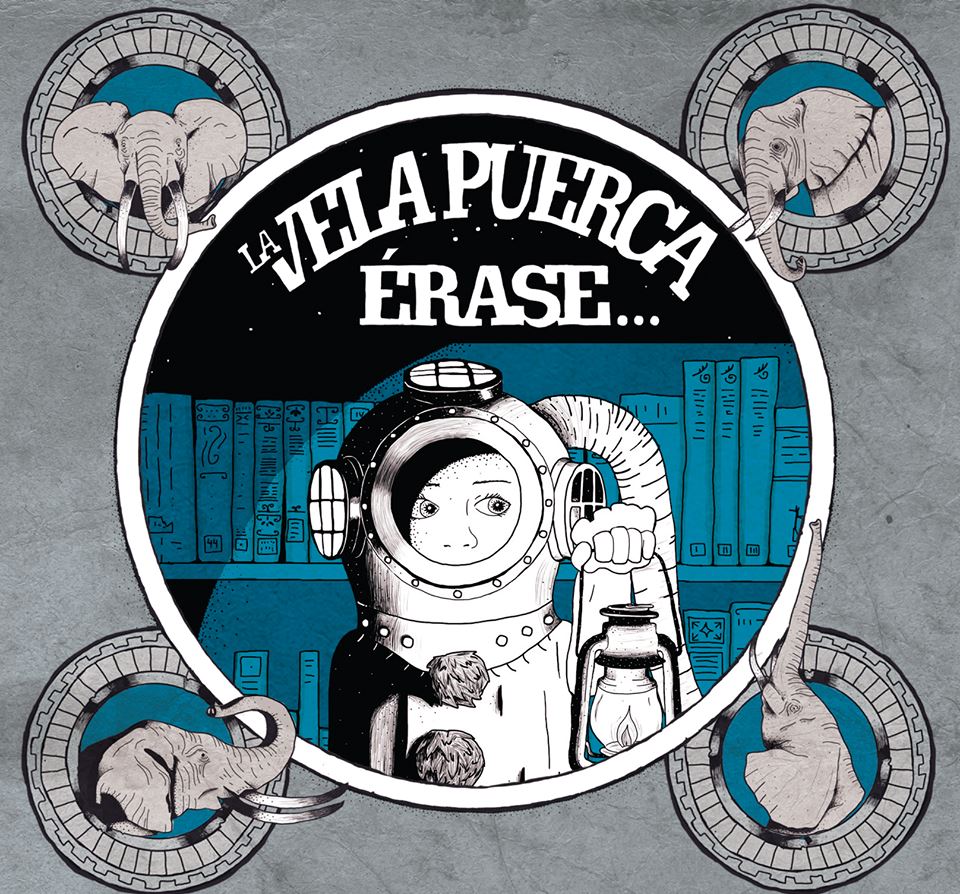-
Gallery of Images:

-
AThinking about art is usually classified under the general heading of philosophy of art (art philosophy for short) or aesthetics. As such, thinking about art and beauty is as old as philosophy itself: already Plato and Aristotle developed philosophical views on art and beauty which are still relevant today. Aesthetics: Aesthetics, the philosophical study of beauty and taste. It is closely related to the philosophy of art, which is concerned with the nature of art and the concepts in terms of which individual works of art are interpreted and evaluated. To provide more than a general definition of the subject Get this from a library! Aesthetics and philosophy of art criticism: a critical introduction. [Jerome Stolnitz Publishers description: Philosophy of Art is a textbook for undergraduate students interested in the topic of philosophical aesthetics. It introduces the techniques of analytic philosophy as well as key topics such as the representational theory of art, formalism, neoformalism, aesthetic theories of art, neoWittgensteinism, the. Aesthetics, Philosophy, Politics, and Atheism: Aesthetics leads us to a variety of issues involving politics, morality, and more. For example, some have argued that an important component of the aesthetic experience is the desire for political action thus, good art is that which gets us to try and improve society. Aesthetics and the Philosophy of Art: An Introduction. THIS book is a thorough and remarkably unified introduction to many contemporary debates in aesthetics and the philosophy of art. Aesthetics Introduction Theories of art and art itself exist within a cultural, class and gender specificfrom which it emerges and without which it does not exist. About Introducing Aesthetics and the Philosophy of Art. Guiding readers through major problems, issues and debates in aesthetics, this is a biasfree introduction for students studying the. Excerpt from Aesthetics: An Introduction to the Philosophy of Art by Anne Sheppard: Here are some of the things that people do in their spare time: they read novels, they read poetry, they go to the theatre, they listen to music, they go to art exhibitions, they make trips to look at buildings or to view scenery. Philosophy of the Arts presents a comprehensive and accessible introduction to those coming to aesthetics and the philosophy of art for the first time. The third edition is greatly enhanced by new sections on art and beauty, modern art, Aristotle and katharsis, and Hegel. Praised in its original edition for its uptodate, rigorous presentation of current debates and for the clarity of its presentation, Robert Stecker's new edition of Aesthetics and the Philosophy of Art preserves the major themes and conclusions of the original, while expanding its content, providing new features, and enhancing accessibility. The philosophy of aesthetics is primarily concerned with definitions and strategies for evaluating beauty as presented in the arts. Since the goal of aesthetics is in placing or finding a. A very solid introduction to the philosophy of art. Runs through all the main theories art as imitation, expression, form, beauty, etc. and also covers the questions of interpretation, meaning and morality. Aesthetics and the philosophy of art: the analytic tradition: an anthology Peter Lamarque, Stein Haugom Olsen 2004 Book Core (Must Read) Read status Add note A pretty fundamental question in aesthetics the philosophy of art. I explain the basic theories, citing Wittgenstein and George Dickie, among others, touching on. An Introduction to the Philosophy of Art is a clear and compact survey of philosophical theories of the nature and value of art, including in its scope literature. Philosophy of the Arts presents a comprehensive and accessible introduction to those coming to aesthetics and the philosophy of art for the first time. The third edition is greatly enhanced by new sections on art and beauty, modern art, Aristotle and katharsis, and Hegel. This work is an expanded and updated new edition of this textbook. It presents a comprehensive introduction to those coming to aesthetics and the philosophy of art for the first time. The first use of the term aesthetics in something like its modern sense is commonly attributed to Alexander Baumgarten in 1735, although earlier studies in the 18th century by writers such as the third Earl of Shaftesbury (Anthony Ashley Cooper), Joseph Addison, JeanBaptiste Du Bos, and Francis Hutcheson mark the first systematic inquiries into aesthetics in its familiar sense. Described as a 'remarkably unified introduction to many contemporary debates in aesthetics and the philosophy of art, ' Stecker specializes in sympathetically laying bear the play of argument that emerges as competing views on a topic engage each other. Auto Suggestions are available once you type at least 3 letters. Use up arrow (for mozilla firefox browser altup arrow) and down arrow (for mozilla firefox browser altdown arrow) to review and enter to select. Description This anthology provides comprehensive coverage of the major contributions of analytic philosophy to aesthetics and the philosophy of art. aesthetics and the philosophy of art Download aesthetics and the philosophy of art or read online here in PDF or EPUB. Please click button to get aesthetics and the philosophy of art book now. All books are in clear copy here, and all files are secure so don't worry about it. Aesthetics and the Philosophy of Art also features a selection of key papers from subsequent contributors that illustrate how the debates developed and how issues arose as analytic philosophers increasingly turned their attention to this area. The volume is a comprehensive guide for students and researchers in aesthetics and philosophy of art. With its trademark conversational style, clear explanations, and wealth of supporting features, Introducing Aesthetics and the Philosophy of Art is the ideal introduction to the major problems, issues, and debates in the field. Aesthetics: An Introduction Free download as PDF File (. Friedrich Schleiermacher and Georg Wilhelm Friedrich Hegel have also given lectures on aesthetics as philosophy of art after 1800. For Hegel all culture is a matter of absolute spirit coming to be manifest to itself, stage by stage. Buy Aesthetics and the Philosophy of Art: An Introduction (Elements of Philosophy) by Robert Stecker (ISBN: ) from Amazon's Book Store. Free UK delivery on eligible orders. Lecture series on Aesthetics and the Philosophy of Art. The first part of the series focuses on some of the most important writings on art and beauty in the Western philosophical tradition, covering Plato, Aristotle, David Hume, and Immanuel Kant. Aesthetics is the branch of philosophy concerned with the nature and appreciation of art, beauty and good taste. It has also been defined as critical reflection on art, culture and nature. The word aesthetics derives from the Greek aisthetikos, meaning of sense perception. Described as a 'remarkably unified introduction to many contemporary debates in aesthetics and the philosophy of art, ' Stecker specializes in sympathetically laying bear the play of argument that emerges as competing views on a topic engage each other. brief intro to philosophy of artaesthetics, to give a brief understanding in the branch of philosophy. For over fifty years, philosophers working within the broader remit of analytic philosophy have developed and refined a substantial body of work in aesthetics and the philosophy of art, curating a core foundation of scholarship which offers rigor and clarity on matters of profound and perennial interest relating to art and all forms of aesthetic appreciation. Aesthetics and the Philosophy of Art is an essential introduction to some of the central topics and approaches being debated in contemporary aesthetics and philosophy of art. This anthology provides comprehensive coverage of the major contributions of analytic philosophy to aesthetics and the philosophy of art, from the earliest beginnings in the 1950s to the present time. Art (and the humanities in general) is typically pitted against science because art utilizes the rightbrain whereas science utilizes the leftbrain. The products of art are usually an image of creation, a concrete and real expression of some part of life. While aesthetics is the study of value, philosophy of art deals with a much wider array of questions including issues in metaphysics, epistemology, the philosophy of mind, as well value theory. Aesthetics and the Philosophy of Art is an essential introduction to some of the central topics and approaches being debated in contemporary aesthetics and philosophy of art. By taking a stand on each of the issues addressed and arguing for certain resolutions and against others, the text does not simply present a controversy in its current. Philosophy of the Arts presents a comprehensive and accessible introduction to those coming to aesthetics and the philosophy of art for the first time. The third edition is greatly enhanced by new sections on art and beauty, modern art, Aristotle and katharsis, and Hegel. Philosophy of the Arts is designed specifically for readers studying aesthetics for the first time; it is the first comprehensive introduction for students of philosophy, as. Philosophy of The Arts presents a comprehensive and accessible introduc tion to those coming to aesthetics and the philosophy of art for the rst time. The third edition is greatly enhanced by new chapters on art and beauty, the Aesthetics. Aesthetics may be defined narrowly as the theory of beauty, or more broadly as that together with the philosophy of art. The traditional interest in beauty itself broadened, in the eighteenth century, to include the sublime, and since 1950 or so the number of pure aesthetic concepts discussed in the literature has expanded even more. Aesthetics and the philosophy of art: an introduction. [Robert Stecker Aesthetics ( s t k s, i s) is a branch of philosophy that explores the nature of art, beauty, and taste, with the creation and appreciation of beauty. In its more technical epistemological perspective, it is defined as the study of subjective and sensoriemotional values, sometimes called judgments of sentiment and taste. Aesthetics studies how artists imagine, create and. Aesthetics (also spelled esthetics or sthetics) is a branch of value theory which studies sensory or sensoriemotional values, sometimes called judgments of sentiment or taste. What makes something beautiful, sublime, disgusting, fun, cute, silly, entertaining, pretentious, discordant In Aesthetics and the Philosophy of Art, Robert Stecker introduces students to the history and evolution of aesthetics, and also makes an important distinction between aesthetics and philosophy of art. These and other questions will be explored in this introduction to aesthetics and the philosophy of the arts (broadly construed). Drawing on both contemporary and historical approaches, this module aims to cultivate an engagement with the philosophical issues lying. An Introduction to the Philosophy of Art is a clear and compact survey of philosophical theories of the nature and value of art, including in its scope literature, painting, sculpture, music, dance, architecture, movies, conceptual art and performance art. Written in untechnical style, this text is for students of music, art history, and literature as well as of philosophy. It looks at all the arts, such as film, music, fiction, poetry and architecture..
-
Related Images:











